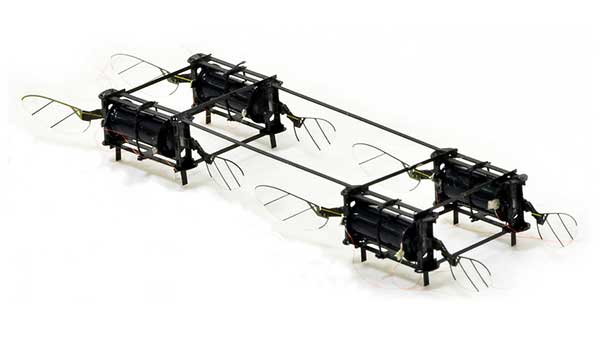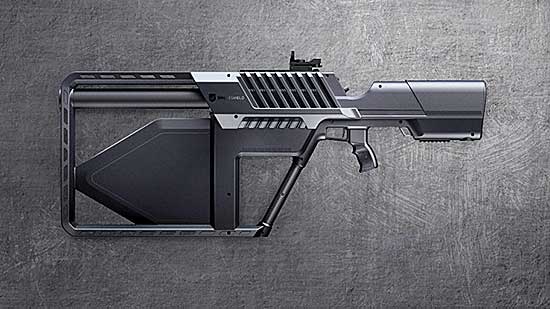
Drones have quickly become a major part of residential and commercial life. From industrial estates using drones that are tethered as 360-degree security systems to roofers using drones to show customers the quality of the work done, drones have become a major part of our lives in a few short years. However, they are still somewhat limited in what they can do for the average person and are often noted to be quite brittle and easily broken.
Given the cost, many aren’t willing to shell out on a drone that might end up smashed. That is why the development of a tiny, agile drone could offer the solution to this issue.
Boasting both unlimited visibility, maximum vision, physical durability, and incredible range, these tiny drones could be far more than a gimmick. Indeed, they look to take much of the weaknesses of the normal drone – weakness, cumbersome design, and limited usage due to energy constraints – and turn them on their head. Instead, this offers a solution that is much more effective, far more reliable, and generally much safer to use for the most part.
These tiny drones would be small indeed and would be capable of probably being mistaken for an insect if it were to fly by you. Of course, some worry that such products could be used for espionage and other issues, but the benefits are believed to far outweigh any of the hypothetical risks. Thanks to the development taking place at MIT under Kevin Yufeng Chen, this could provide us with an insect-like drone.
This would mean it could get around quickly, avoid physical damage, and easily provide us with visibility and opportunity where previously it was not possible.
From being used in emergency situations to being a useful aide for commercial work, these tiny drones offer huge potential.
These drones have quickly gained a large following online, with many noting they provide a different approach to what is often a challenging discussion. Many see drones as either too cumbersome, too weak, or too incapable of flying at a long enough distance. Well, these little drones look to conquer those issues; strong, secure, sturdy, and capable of flying across longer distances.
The work being done has also been focused in the IEEE Transactions On Robotics journal, and was co-authored by experts like MIT PhD student Zhijian Ren, Siyi Xu of Harvard, and Pakpong Chirarattananon of the University of Hong Kong.
While commercial uptake on such a project might still be a few years away, this is proof that we are seeing massive changes in the robotics industry – changes that could become hugely exciting for the future of drone technology.
Citation
https://news.mit.edu/2021/researchers-introduce-new-generation-tiny-agile-drones-0302

